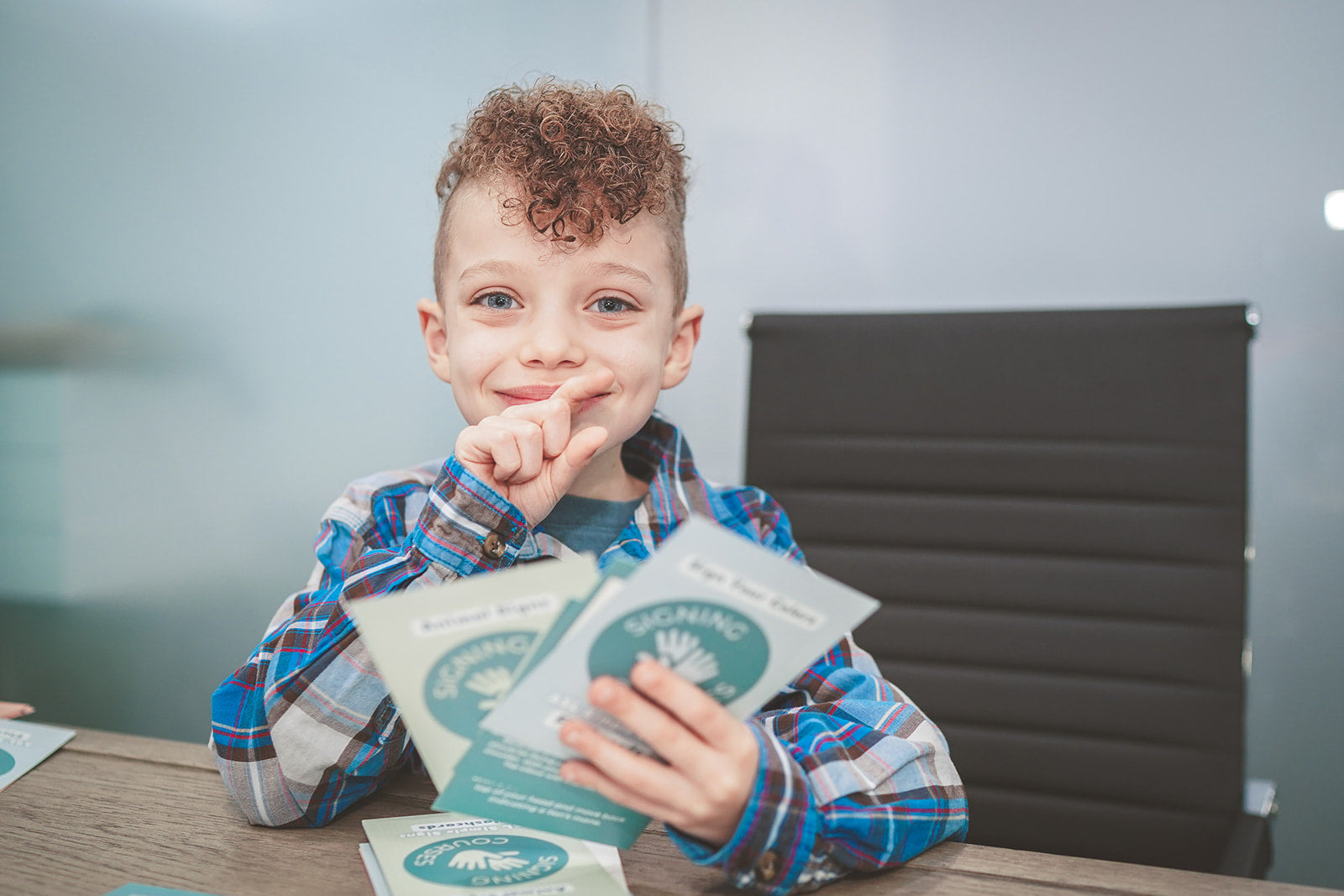
Welcome, we are so happy you are here
Scaffold Our Simple Signing Curriculum Into Your Program And See Immediate Results
We enhance your classroom and deliver communication, speech & language outcomes.
Frequently asked questions
Why do I need Signing Courses?
Despite your best intentions, traditional teaching methods often overlook pre-verbal, minimally verbal, or non-verbal students. These communication gaps are missed opportunities for teaching, which can decrease the overall richness and diversity of the learning experience you deliver.
My students experience Communication Barriers
Children aren’t speaking, and early childhood educators desperately want to encourage speech and language. Your special education classrooms might already have communication devices or tablets, but those devices are useless when a child uses the bathroom or is otherwise without a device. You want to help, but you don’t know how.
I have No Clear Method of Implementation
While shelves are full of books on sign language and baby signing, the crucial missing piece is a clear strategy for integrating these signs into the existing curriculum. Furthermore, many of these resources feature cute characters demonstrating signs but lack the nuanced facial expressions essential for accurate learning, opening the door for misunderstanding.
How do I Give my students all the resources needed to use Simple Signs effectively
With our Curriculum Package
- Students previously struggling with verbal communication found their voice through ASL, finding their confidence and being able to express themselves.
- You see a noticeable improvement in engagement and participation.
- The classroom dynamic transformed.
- Academic achievement increased as students now have access to a comprehensive means of expression.
- The entire program experienced a profound shift towards inclusivity and empathy, fostering a culture where everyone, regardless of their communication abilities, felt valued, respected, and understood.
- You have a certification showing you know what you are doing when it comes to using Simple Signs to promote communication.
- You can support early learners’ speech through sign language.
When do I get the Simple Signing Curriculum package?
Instantly, all items are delivered through digital download and you receive all products upon clicking the button.
Are you a Certified program?
Absolutely, we are MiLeap certified and partner with MiRegistry, Head Start, and GSRP programs
“What she has taught my staff has been absolutely life-changing.”
"I am always looking for resources that support inclusive practices and enhance communication with our young learners. The Magic of Simple Signing is hands down the best guide I’ve come across for integrating ASL into early education settings. The book is not only packed with research-backed strategies, but it also provides practical, easy-to-implement activities that my teachers can use immediately. Our classrooms have become more inclusive, and we’ve seen a significant decrease in frustration-related behaviors among our preverbal and neurodivergent children. We have all our educators enrolled in The Signing Courses Circle as well. This program should be required reading for every early educator—it's a game-changer!"
"most of our students have autism, and are now speaking because of her program"
"We hired Professor Jenny for monthly workshops/consulting for our Early Childhood Center. We didn't know what to expect because we'd never experienced hiring someone like this before. Let me just say- what she has taught my staff has been absolutely life-changing. We have implemented everything she has taught us and the children are progressing. If you have a chance to work with her, do it. We have her posters and now flashcards in our classrooms and the students love them. Now all of our staff is required to do her Signing Courses Circle Training. Thank you."
“Signing Courses program and materials are now the most requested”
“I run community center and we have noticed quite a few members who use sign language to communicate. Not only our two Deaf members, but children who have disabilities who can hear as well. I was unaware that this is common and had no idea how to accommodate our members. Thankfully I came across Signing Courses from a google search. We set it up so all of my staff and students could join and we could become more inclusive. Her program and materials are now the most requested. I recommend Signing Courses for any community-based program or outreach center. ”
Educator Sets
Simple Signs Curriculum Digital Download Package
Simple Signs Curriculum Digital Download Package

Learn from the Owner and Developer of Top-rated Simple Sign Language Curriculum and two-time author
Industry professional with extensive ASL interpreting experience, expertise in Deaf Studies Program development, advanced degrees in Special Education and ASL interpreting, highly regarded speaker at educational events, co-author of a best-selling ASL book, author of The Magic of Simple Signing; a curriculum guide for early educators and special educators With a wealth of experience in ASL interpreting, expertise in Deaf Studies Program development, and advanced degrees in Special Education and ASL interpreting, our industry professional is a highly regarded speaker at educational events.
Alignment with Early Learning Outcomes
 Approaches to Learning
Approaches to Learning
 Social and Emotional Development
Social and Emotional Development
 Language and Literacy Development
Language and Literacy Development
 Cognition and Perceptual, Motor, and Physical Development
Cognition and Perceptual, Motor, and Physical Development
Step 1: Foundation – Exposure & Introduction
Educators introduce basic, high-frequency signs (e.g., needs-based signs like "more," "help," "stop").
Signs are incorporated into songs, transitions, and daily routines.
Step 2: Expansion – Increasing Use & Context
Signing is used alongside spoken words to reinforce concepts.
Signs are embedded in books, visual schedules, and structured activities.
Step 3: Mastery – Independent & Functional Use
Children begin signing independently to express thoughts, needs, and ideas.
Educators use Simple Signs for classroom management, storytelling, and social interactions.


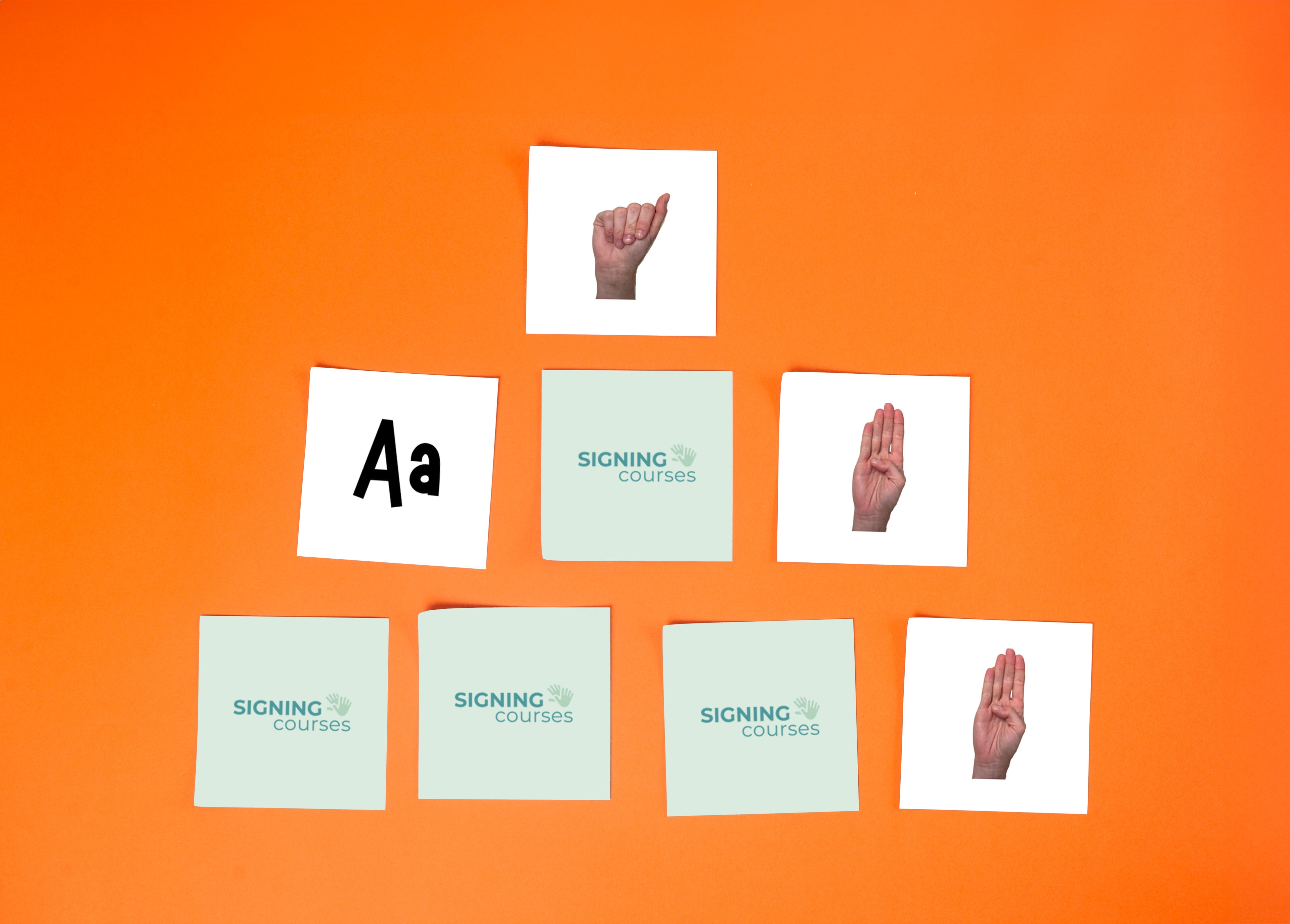

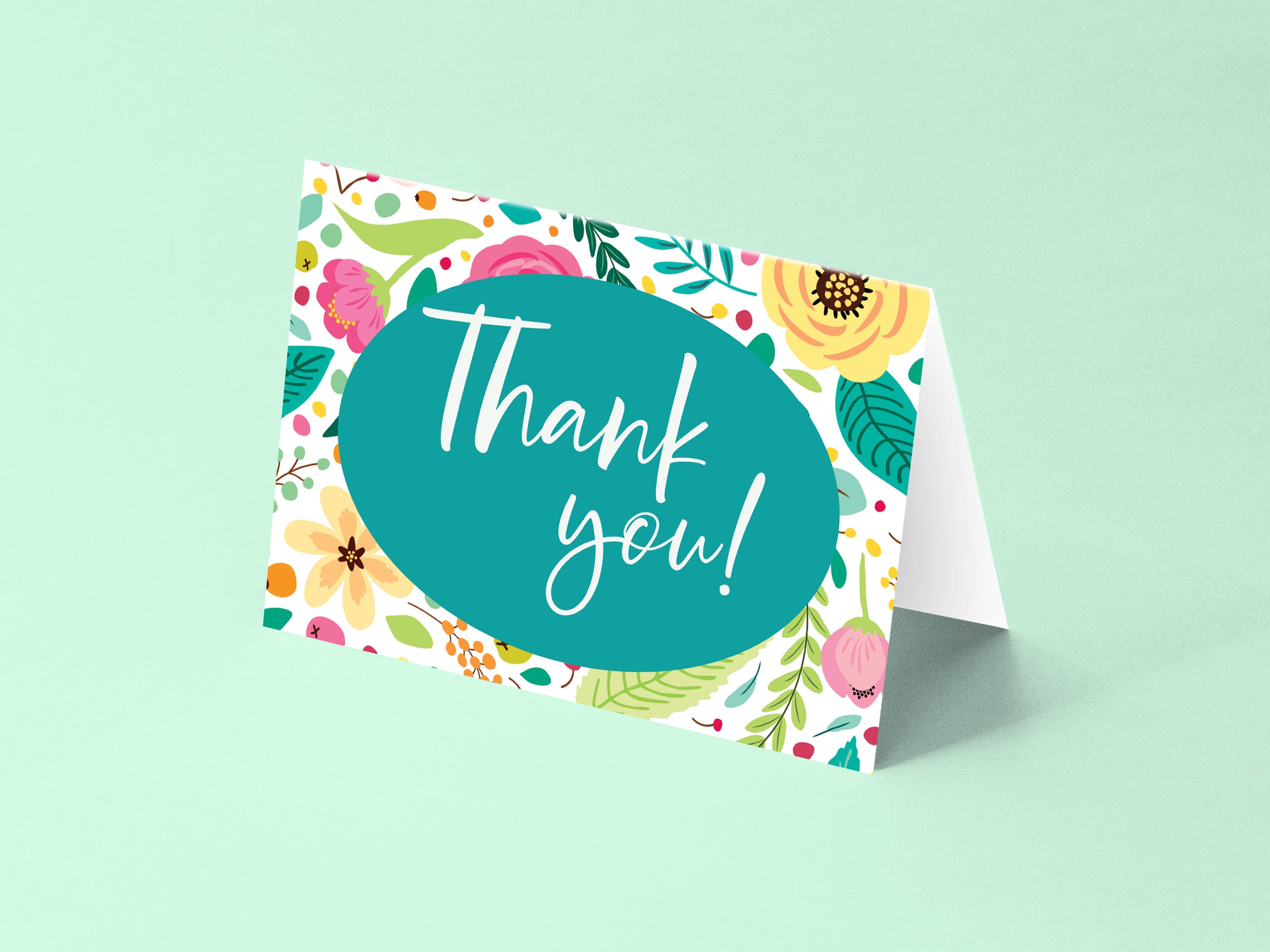

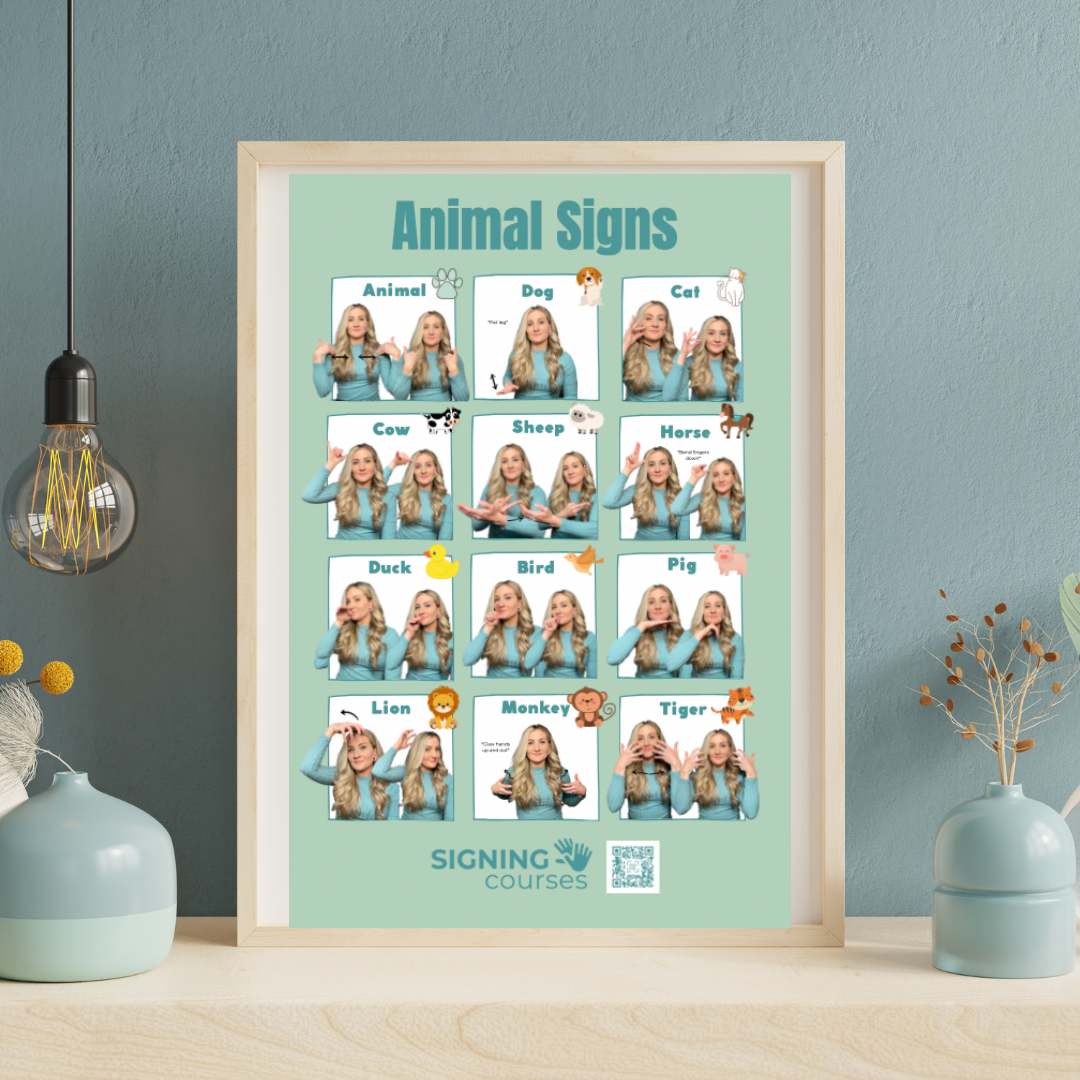

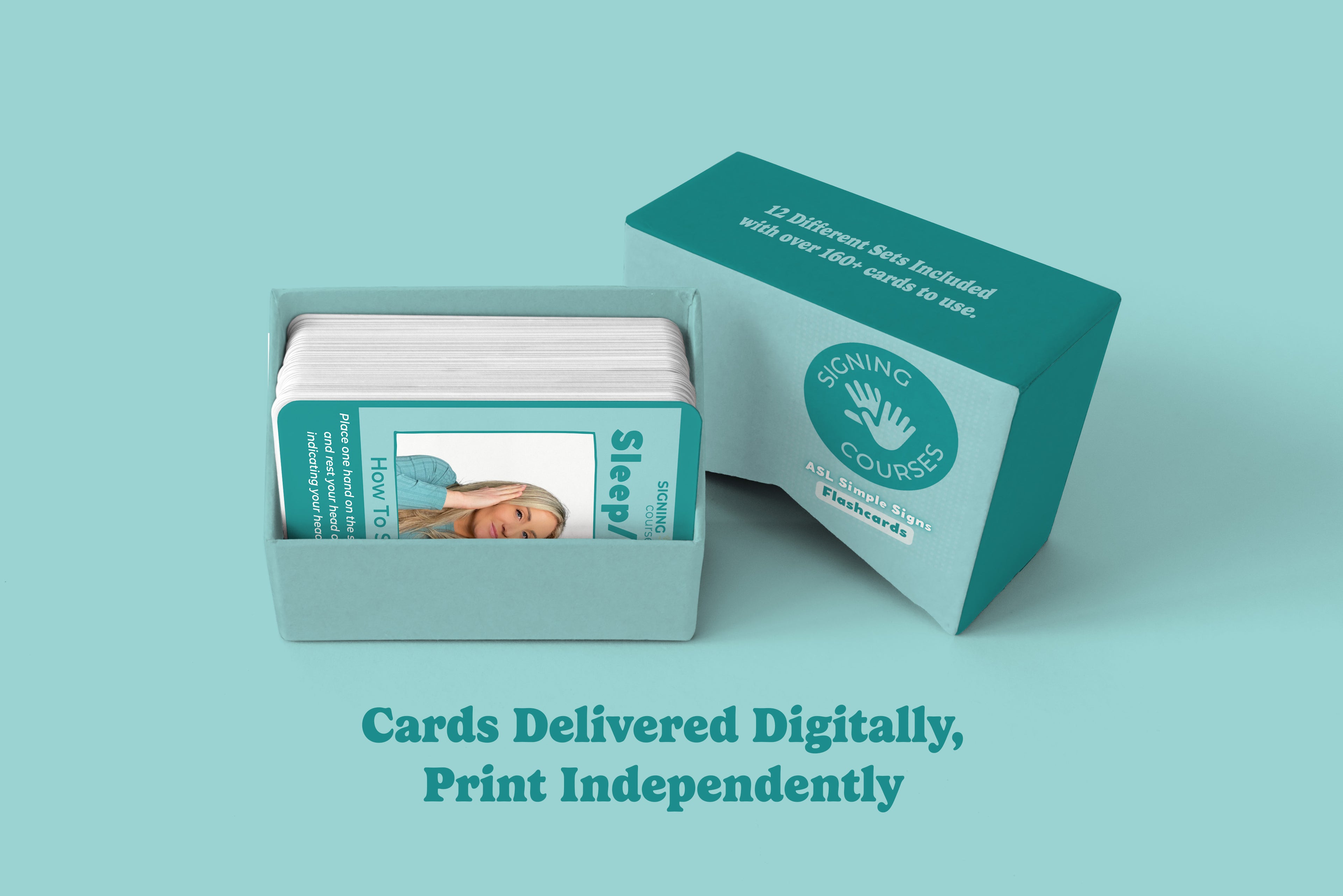


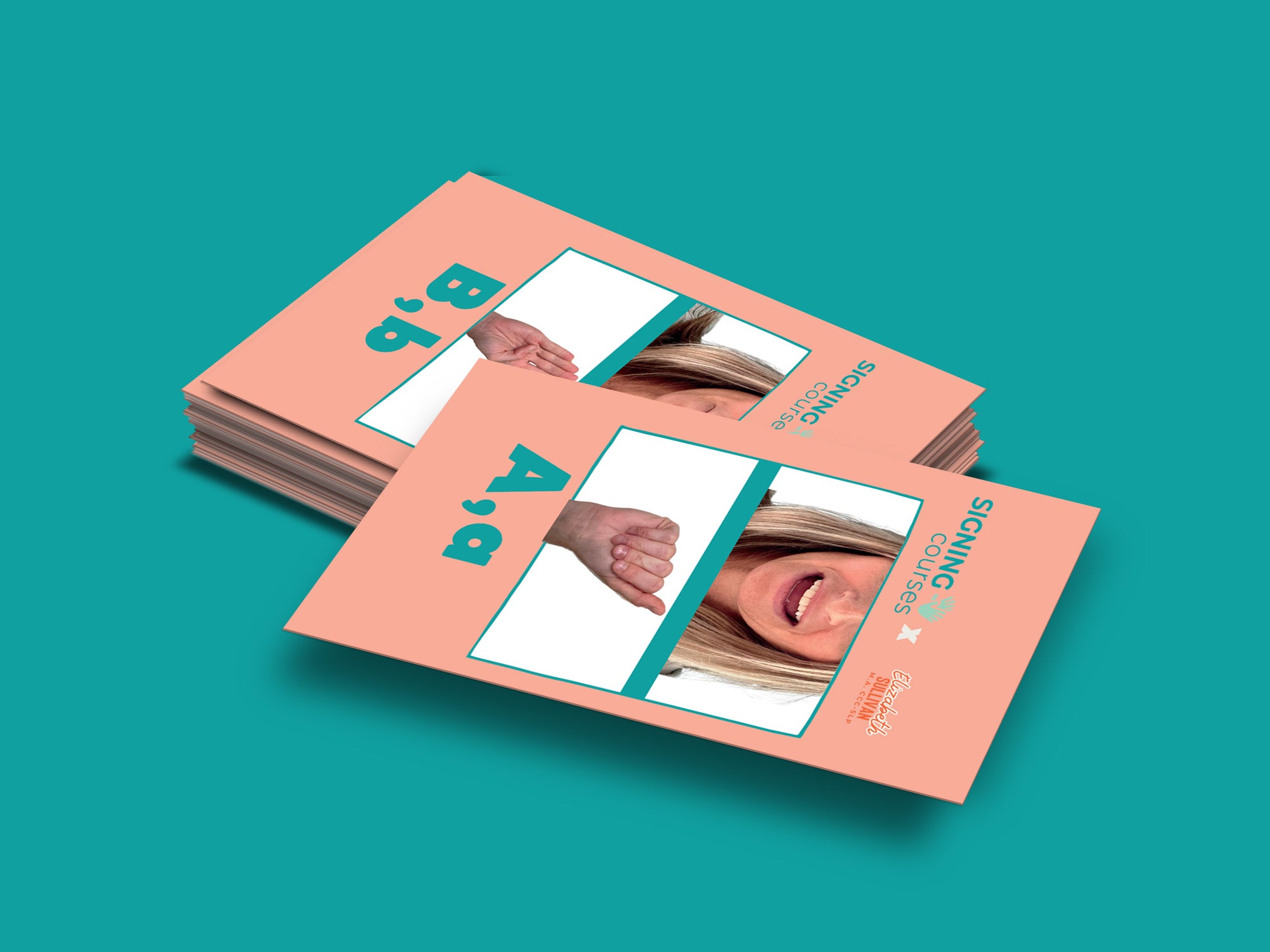

 Approaches to Learning
Approaches to Learning